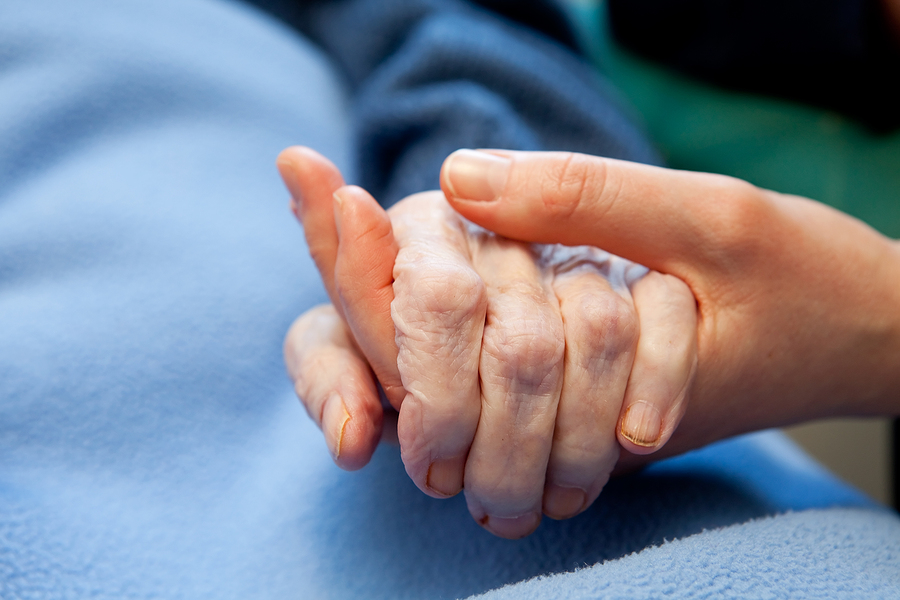The need for older Americans and their families to be proactive in planning for the later years of retirement- while still healthy and independent- is more important today than ever before. Anyone who has ever lived in a coastal region understands the importance of having a hurricane preparedness plan. Similarly, families need a plan to help protect against the challenges our society currently faces related to providing for our aging population.
Here is a quick overview of several trends that are converging to form the perfect storm:
1. A rapidly growing older population. Unless you live under a rock you have heard the statistics on our growing older adult population in the United States. By 2030, there will be about 72.1 million older persons, representing more than a 100% increase from the year 2000. Many of these older adults will require more care than previous generations…
2. Increased long-term care needs. While living longer is usually considered a good thing it often translates into increased long-term care and healthcare needs, including assisted living, memory care, and skilled nursing care. Approximately 70% of those turning 65 today can expect to need some type of care- either at home or in a facility- for anywhere between 3-5 years. However, these statistics are based on current trends. Future care needs will likely be even greater.
3. Fewer family caregivers available. The caregiver support ratio (the number of potential family caregivers available to care for aging loved ones) was 7:1 in 2010. By 2030 it is expected to be 4:1, a 40% decrease.
4. Families are geographically dispersed. It is far less common today for extended families to live together in one city, as was more common in the past. It was much easier under those circumstances for the adult children and other family members to help care for their aging loved ones. Today, career opportunities often lead adult children to take jobs in other parts of the country; or even other parts of the world. In other cases frequent travel may keep them from being in a position to provide the level of care and support that their loved one may require.
5. More dual income families. In the past there were far fewer dual income families, which meant there was typically someone at home, often the daughter, to help provide for the needs of an aging loved one. Today, 67% of families are dual income. This is up from just over 45% in the mid-1960’s. Even if the adult children live in the same town as their parents, they may not be available to adequately provide for their loved one’s needs, without taking significant time away from their own careers and family. Studies show that the average amount of lost wages and benefits for a family caregivers is approximately $324,000 for women and $284,000 for men.
6. A state of crisis in the home care industry. A recent study titled, “Paying the Price: How Poverty Wages Undermine Home Care in America” suggests that the home care model in the United States is heading for disaster; citing reasons such as poverty-level wages and high turnover. Due to the growing older population the report cites that there will be a need for as many as 1 million more caregivers in the next seven years, but it is unlikely that the industry will be able to meet that demand under the current model. As highlighted in this story recently featured in The Atlantic, there are many families who may have adequate financial resources or long-term care insurance to help cover the exorbitant cost of care, but may not be able to find the type of quality care they are seeking.
In summary families simply cannot afford to sit back and wait until a significant health event occurs before trying to figure out a plan. Be sure that your family has an “aging” preparedness plan in place to help protect yourselves from this perfect storm.






